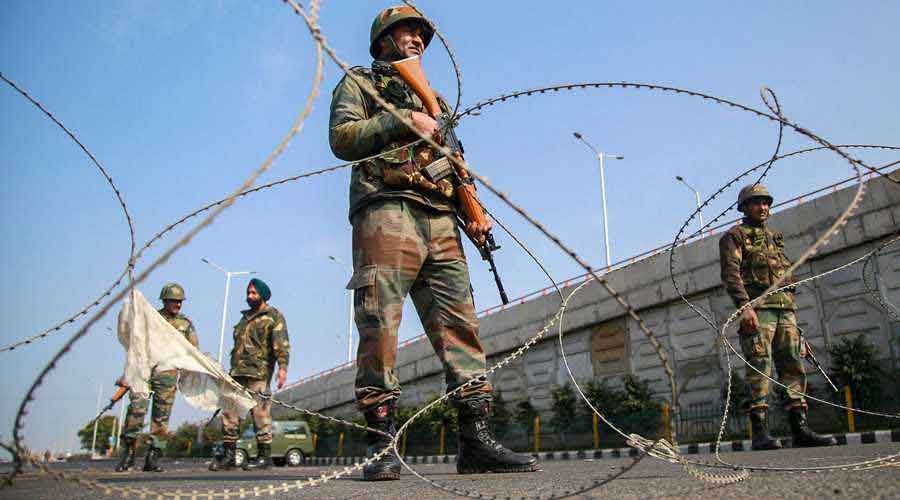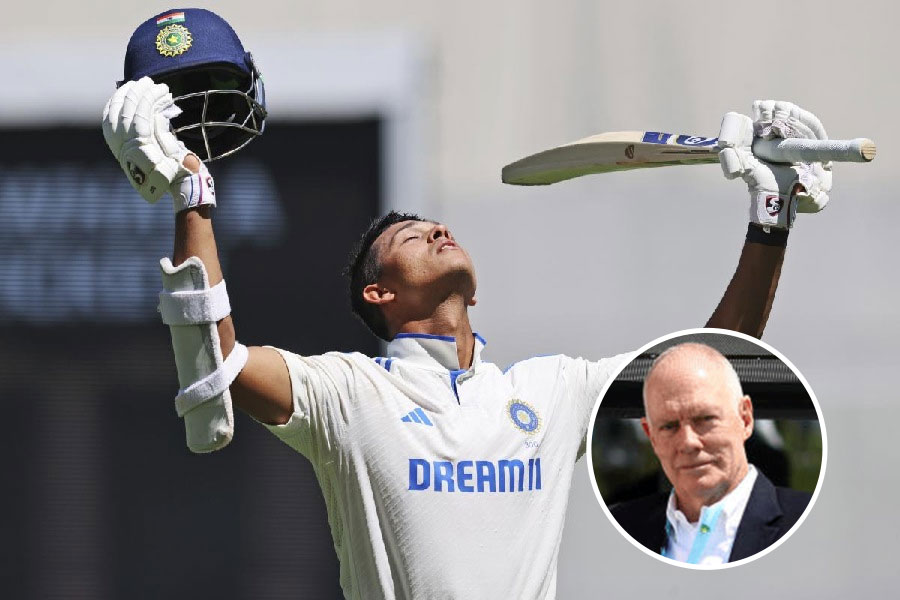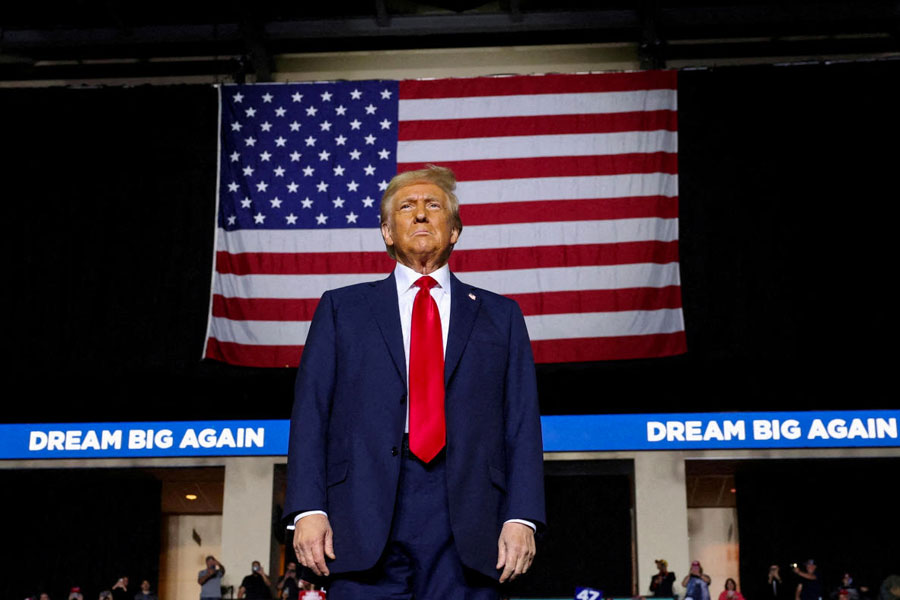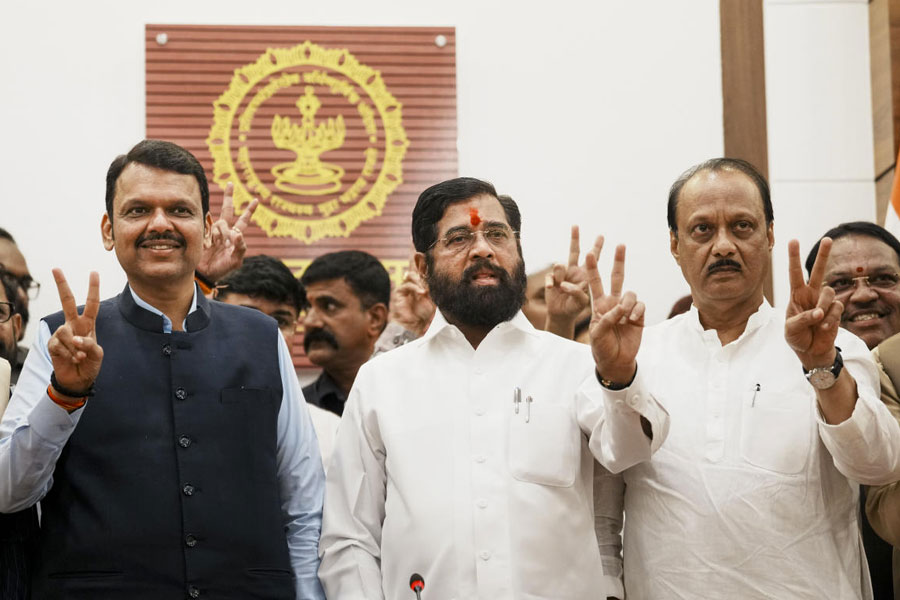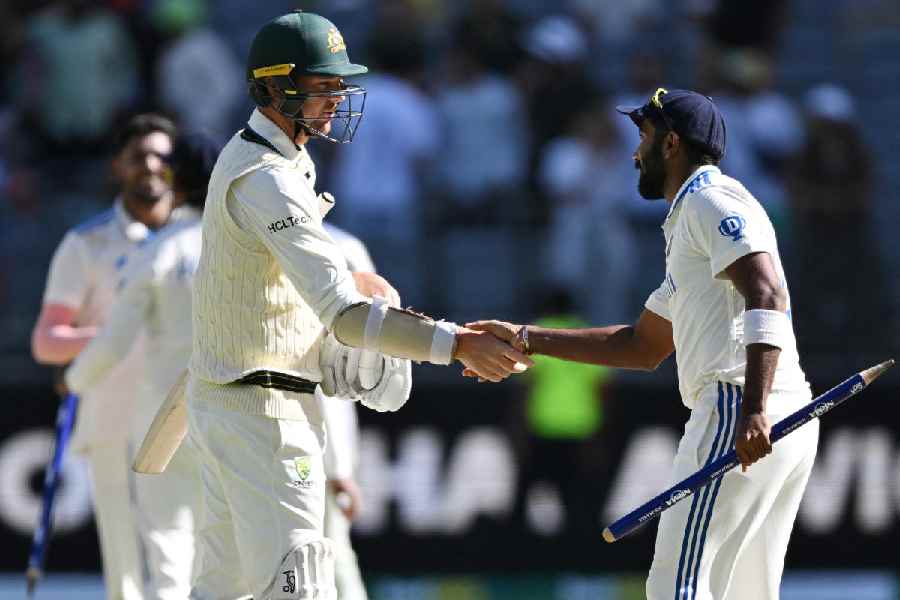The top brass in the security establishment have suggested that Kashmir and Ladakh should not be included in the proposed theatre commands of the armed forces, sources in the defence ministry have said.
“There is a consensus among officials of the security establishment that the Northern Command in charge of the security in Kashmir and Ladakh should not be part of the Centre’s theaterisation drive of the three armed forces,” a defence ministry official told The Telegraph.
He said the Northern Command was too “sensitive”. “Security officials have suggested that Kashmir and Ladakh frontiers are too sensitive to be tinkered with and should be left alone,” the official said.
He also cited the ongoing heightened tensions along the Line of Control with Pakistan and the border standoff with China on the Line of Actual Control in eastern Ladakh since May last year.
The Udhampur-based Northern Command looks after Jammu and Kashmir, the LoC and Actual Ground Position Level (AGPL) with Pakistan and the LAC with China in Ladakh.
Theaterisation means putting specific numbers of personnel from each of the three services — the army, the navy and the air force — under a common commander for a unified military approach through a rationalisation of manpower.
Sources in the government said the theaterisation of the armed forces was aimed at ensuring synergy among the tri-services chiefs to deal with security challenges and future wars.
The plan, according to sources, is to have five theatre commands. Each will have units of the army, navy and the air force, and all of them will work as a single entity looking after specified geographical territories under an operational commander.
At present, the armed forces have 17 service commands across the country, each assigned exclusively to one among the three forces. The Indian Army and the Indian Air Force have seven commands each while the Indian Navy has three.
Besides, there are two existing tri-service commands as well — the Andaman and Nicobar Command which is headed by rotation by officers from the tri-services and the Strategic Force Command which is responsible for India’s nuclear assets.
The air force is said to have apprehensions about unified commands because of its limited resources compared with the army’s. The IAF does not want to split its assets, which are fewer than the army’s. Besides, the IAF is said to have issues over who would lead the particular theatres and has contended that the nature of its operations is so fluid that all of India is one theatre for it.
In the wake of the differences, the Narendra Modi government has formed an expert committee to carry out consultations with the three services to decide the way forward on the theaterisation of the military.
“The IAF has said that their apprehensions and concerns need to be addressed first before creation of unified commands,” said an IAF official.
The army top brass, however, are in full agreement with the theaterisation plan on the ground that multiple commands lead to confusion.
They argue that China has a single Western Theatre Command for the entire Indian frontier. On the other hand, India’s army alone has four commands on the China frontier — Northern, Western (which mainly looks after the Pakistan front), Central and Eastern. The IAF has three commands for the China frontier.

